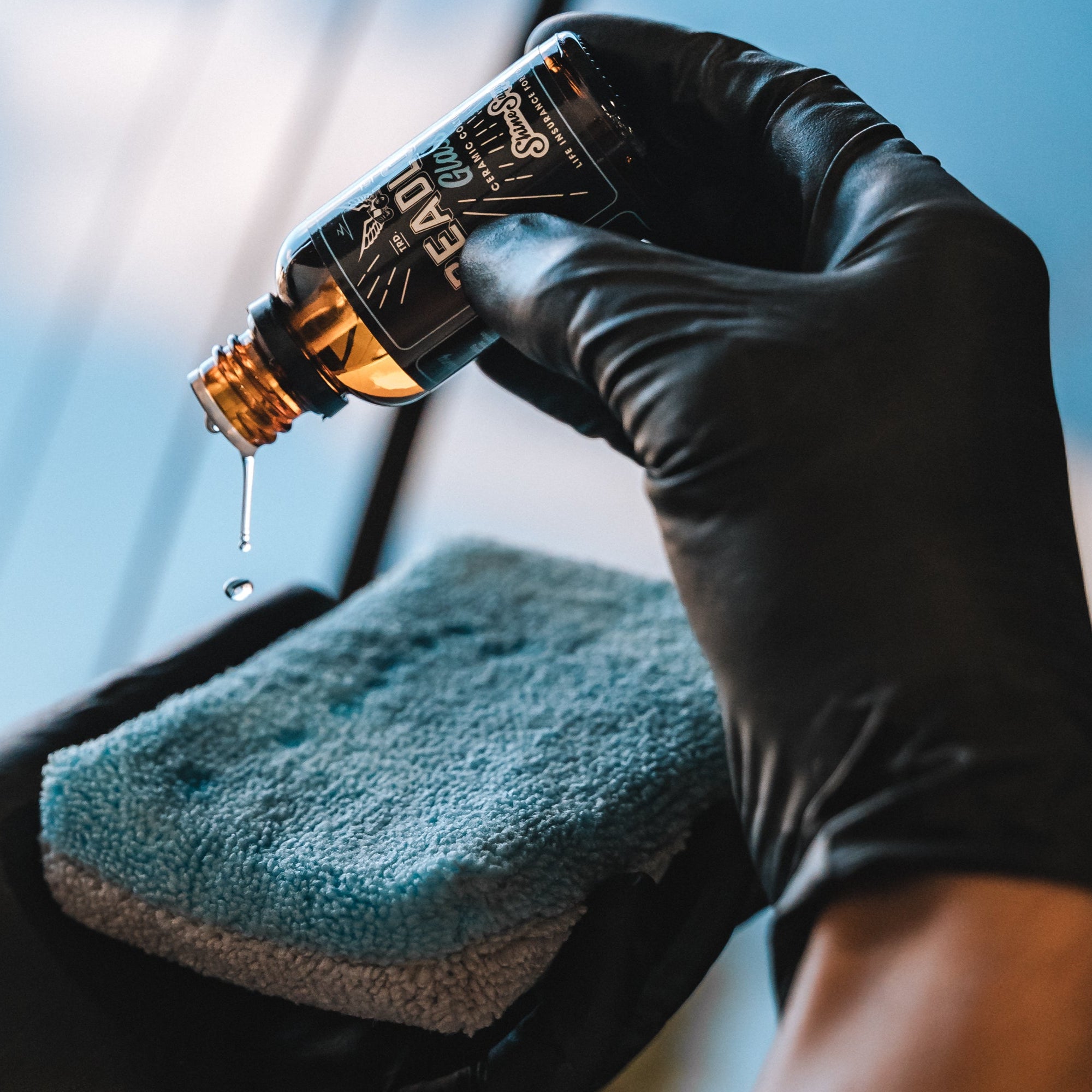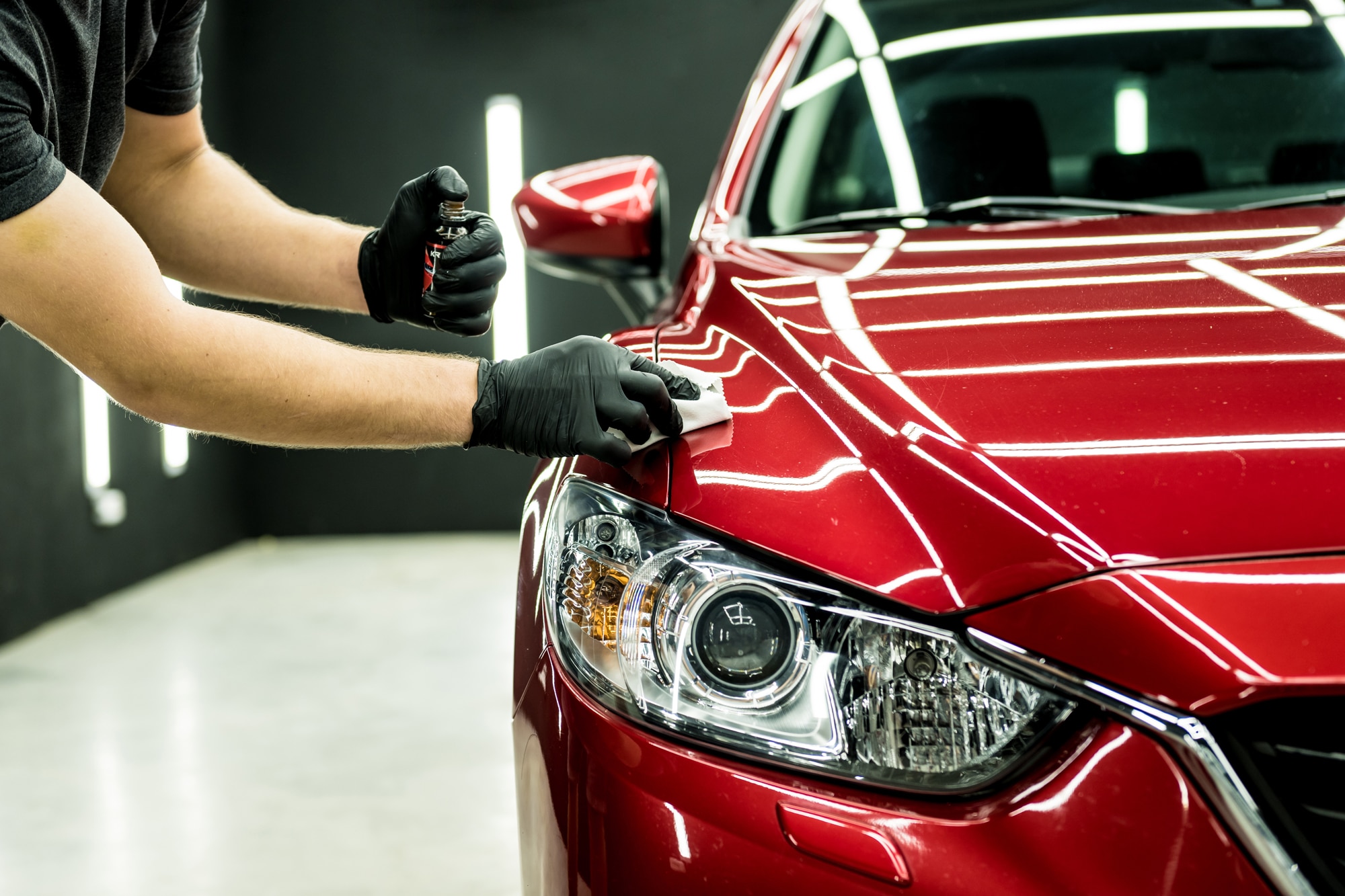A Comprehensive Guide to the Types of Ceramic Layer on the marketplace
Ceramic layers have actually emerged as a critical remedy across different sectors due to their distinct buildings and applications. As we explore the unique characteristics and applications of these layers, the implications for performance and long life become increasingly obvious, raising concerns regarding which kind could ideal suit your needs.
Recognizing Ceramic Coatings
Ceramic finishes are sophisticated protective options that have actually gained appeal in different sectors, especially in auto and aerospace applications. These coverings include a fluid polymer that, when cured, forms a sturdy, hydrophobic layer externally of the substratum. This layer provides improved resistance to ecological contaminants, UV radiation, and chemical exposure, therefore extending the life and aesthetic allure of the underlying product.
The essential part of ceramic finishes is silica, which adds to their firmness and longevity. The application procedure typically entails surface area prep work, application of the covering, and treating, which can be attained with warm or UV light. Once cured, ceramic coatings display phenomenal bonding residential or commercial properties, allowing them to stick strongly to a selection of surfaces, consisting of metals, plastics, and glass.
In addition to their safety functions, ceramic coverings likewise use simplicity of upkeep. Their hydrophobic nature minimizes the adherence of dirt and grime, making cleaning easier and less frequent. Overall, the fostering of ceramic finishings represents a substantial improvement in surface defense innovation, providing both useful and aesthetic benefits across numerous industries.
Sorts Of Ceramic Coatings
Various sorts of ceramic finishes are available, each made to satisfy particular performance requirements and applications - scratch repair sarasota. One of the most common types include:
Silica-based Coatings: These finishings primarily consist of silicon dioxide and are understood for their resilience and chemical resistance. They are extensively made use of in automobile and commercial applications.
Titanium Dioxide Coatings: Prominent for their photocatalytic residential or commercial properties, titanium dioxide finishes are frequently applied in environments where self-cleaning and antifungal homes are desirable, such as in building products and auto coatings.
Zirconia Coatings: Identified by their high-temperature security and thermal resistance, zirconia layers are used in applications such as generator engines and high-performance automobile components.
Alumina Coatings: Exhibiting exceptional solidity and thermal stability, alumina finishings are regularly utilized in wear-resistant applications, including reducing tools and industrial equipment. - Paint Protection Film
Hybrid Coatings: Integrating the homes of numerous materials, hybrid finishings use improved efficiency attributes, making them appropriate for special and requiring applications.
Each kind of ceramic finish offers distinct purposes, allowing users to select the most ideal service based upon particular ecological conditions and performance demands.
Advantages of Ceramic Coatings
Ceramic coverings, in specific, deal numerous benefits that make them significantly popular amongst suppliers and consumers alike. These finishes are resistant to scratches, chemicals, and UV rays, making sure that the underlying surface area continues to be protected over time.
Along with durability, ceramic layers give outstanding hydrophobic residential or commercial properties, permitting simple cleansing and upkeep. This water-repellent nature lessens the adherence of dirt, gunk, and other contaminants, which can prolong the aesthetic charm and functionality of the surface. Moreover, ceramic finishes can substantially enhance thermal resistance, making them optimal for applications that endure high temperature levels.

Application Refine
When applying ceramic finishings, a precise method is essential to achieve optimal results. The application procedure commonly starts with thorough surface prep work. This entails washing, decontaminating, and polishing the surface area to eliminate all pollutants, including dust, grease, and prior waxes or sealants. A tidy surface makes sure proper bond of the finishing.
When the surface area is prepped, the following action is to use the ceramic finishing. This can be done making use of an applicator pad or a microfiber cloth, making certain also insurance coverage. It is essential to function in small sections to keep control and protect against early curing. Clicking Here The layer should be applied in thin layers, as thicker applications can cause irregular coatings.
After application, the finish requires a details healing time, normally varying from a couple of hours to a complete day, depending upon the product. Throughout this moment, it is important to avoid exposure to moisture or impurities. Finally, a mild buffing may be required after healing to improve the gloss and remove any kind of high spots. Following these actions vigilantly will make the most of the effectiveness and longevity of the ceramic coating, offering a durable protective layer for the surface area.
Maintenance and Long Life
To guarantee the long life and effectiveness of a ceramic layer, routine upkeep is vital. Ceramic finishes, understood for their toughness and safety high qualities, require particular care routines to optimize their lifespan and performance.
In addition to regular cleaning, regular examinations are critical. Seek indicators More Bonuses of wear or damages, such as hydrophobic buildings reducing or surface blemishes. If necessary, a light gloss might be used to rejuvenate the covering without stripping it away.
Moreover, the application of a booster spray can improve the finish's hydrophobic results and recover its gloss. This is specifically beneficial for coverings that have actually remained in usage for a prolonged duration. Ultimately, by sticking to these upkeep practices, one can significantly extend the life of a ceramic finishing, ensuring that it proceeds to provide optimum protection against ecological factors and preserve the aesthetic charm of the car.
Final thought
